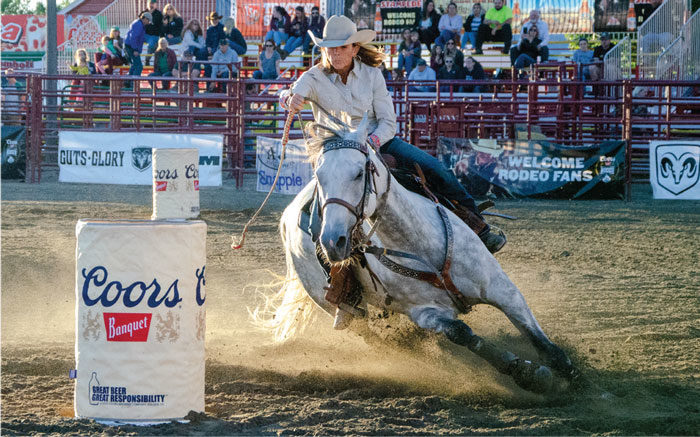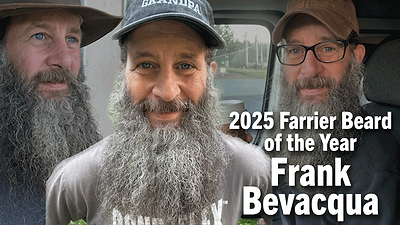Determining the best approach to shoeing a horse that is underperforming begins with understanding why the horse is failing to perform at its peak. Experienced riders are a great source of information. They often pick up subtle changes that can be difficult to detect while observing the horse move.
“Sometimes farriers get frustrated with clients when it feels like they’re telling us how to do our job,” Lee Olsen, CJF, tells attendees of the Mustad How-To Hoof-Care Clinic at the 20th annual International Hoof-Care Summit in Cincinnati, Ohio. “But we have to take a step back and put ourselves in their shoes — our clients invest a lot of money in their performance horses, and we should pay attention to what they’re feeling when they ride.”
While Olsen relies on client and veterinary input to tailor his shoeing package to each horse, he encourages farriers not to undersell their expertise.
“In my mind, what I see is the most important thing,” says the owner of Olsen Equine in Weatherford, Texas, farrier. “Client input helps, especially if you have an experienced horse owner who can tell you what, when, where and how [this is affecting the horse]. Veterinary history is also important because it gives you more information to work with. But if I was only able to pick one thing — talking to the client, the vet, or observing the horse myself — I’d go by what I see every time. Horses can’t lie.”
Olsen says he begins by observing a horse at rest and in motion.
“Don’t neglect watching a horse at rest,” Olsen cautions. “That’s important information because a horse will tell you if something is wrong just by its posture and how it transfers its weight.”
Dynamically, Olsen likes to see a horse walk and trot in a straight line and in a circle.
“I’m not saying you should ever step on a vet’s toes or diagnose a horse,” Olsen says. “I’m just asking, ‘What do you see?’ When the horse trots in a circle and it is lame to the left on the left circle, the lateral heel hits first. So, if it’s lame on that foot, you can bet the farm it’s lateral heel. But, if it’s lame on the right foot going to the left, it’s the medial. Taking the time to gather this information is one way to find the smoking gun and fix the problem.
“So many times, people can blind you without meaning to,” he continues. “They’ll put up forests all around you so you can’t see the trees anymore. It’s important to know when you have a deep digital flexor tendon or a suspensory ligament injury, but you still need to understand the why. Are there negative palmar or plantar angles? Is there good medial-lateral balance? If we can get back to a balanced hoof, it is going to help the horse’s soundness and performance in the long run.”
In addition to understanding the “why” behind the reason a horse is underperforming, Olsen says having an intricate understanding of the discipline the horse competes in is paramount.
“We should also have a solid understanding of the discipline they’re competing in,” Olsen continues. “There are a lot of people shoeing barrel horses who can’t even tell you what the barrel pattern is. If you’re shoeing barrel horses, go hang out with a barrel racer. If you’re shoeing reining horses, hang out with a reiner. If you’re shoeing trail horses, get on a trail horse and go out and ride. You need to have a good working knowledge of the disciplines you’re shoeing in.”








